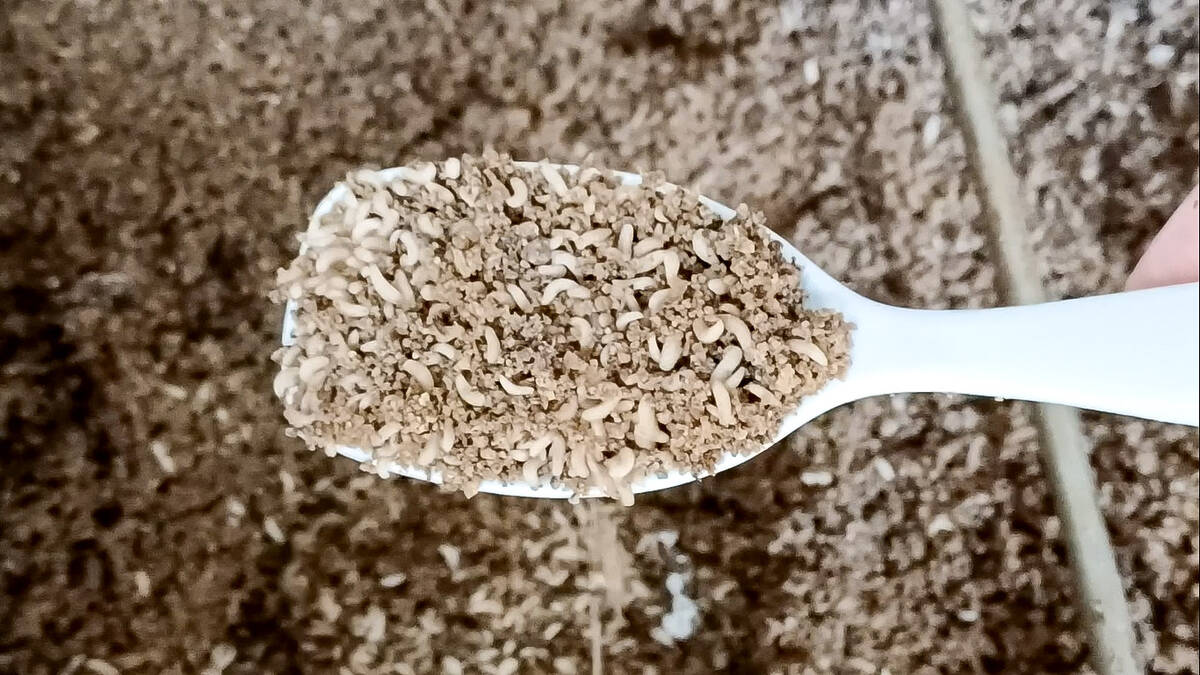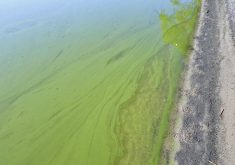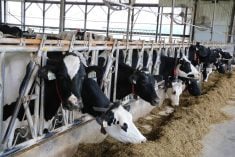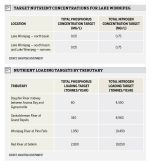Lake Superior is known for its pristine waters, but a combination of nutrient additions from increasing human activity (including farming and development), warming temperatures and stormy conditions have resulted in more frequent blooms of potentially harmful algae.
Lately, there has also been a lot of attention focused on the condition of Lake Winnipeg and its algae bloom problems.
With the exception of singling out and reprimanding the City of Winnipeg for it’s raw sewage contributions, I fail to see any successful outcome from committing money to removing the algae blooms.
Read Also

Bug farming has a scaling problem
Why hasn’t bug farming scaled despite huge investment and subsidies? A look at the technical, cost and market realities behind its struggle.
There is a huge amount of phosphorus stored in farmland and being generated in southeastern Manitoba. That fact cannot be ignored.
The potential for blooms comes from nutrient pollution, created from an overabundance of nitrogen and phosphorus. When nutrient concentrations increase in a body of water like Lake Winnipeg, and with the right combinations of temperature, sunlight and low water flow, algal blooms are triggered and flourish.
Government(s) would do better to commit money to treat the source of the nutrient problem and change the present regulations to better control the application of phosphorus rather than just treat algae bloom symptoms. However, because of governments’ commitment to support economic priorities and expansion of industrial agriculture, especially hog operations, they only focus on treating the symptoms and ignore the actual causes.
With such an approach, Lake Winnipeg doesn’t have a chance of survival.
It’s time for serious political action on phosphorus. You can’t keep feeding the algae blooms and expect a recovery for Lake Winnipeg. Concrete action would be to cap the amount of phosphorus that can be applied to farmland. Where the current rules begin to regulate it, at 60 parts per million (is five times more than needed for the average cereal crop grown in Manitoba). That, dear readers, is a licence to pollute.















